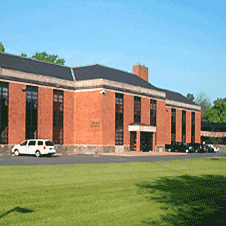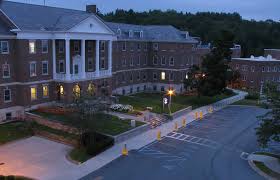Phase I of GSA’s circadian lighting study found that not everyone had sufficient access to daylight to stimulate their circadian system. Other sources of lighting must also be considered for providing enough circadian stimulation, such as electric lighting. Phase II of the study explored connections between human health outcomes and supplemental electric lighting.
GSA collaborated with the Federal Highway Administration and the U.S. Department of Veterans Affairs to measure daytime alertness and the energy and vitality levels of participants to see if circadian-effective lighting delivered from LED lights could provide health benefits when they are needed the most: at work during the day.
GSA conducted a 3-day lighting intervention at the Federal Highway Administration Turner Fairbanks Highway Research Center in McLean, VA and at the VA Medical Center in White River Junction, VT by placing LED lights on the desktops of study participants.
Participants reported they felt less sleepy, had more energy, and were more alert during the workday with the LED lights turned on.
For more information, view the technical report:

 U.S. General Services Administration
U.S. General Services Administration

